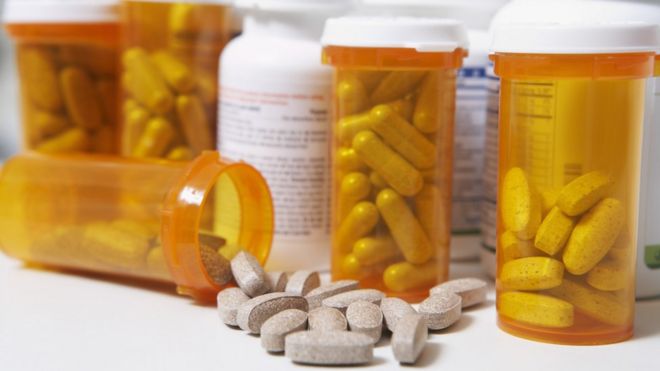Nearly 50,000 NHS jobs 'under threat'
Nearly 50,000 jobs are under threat or have already gone in the health service in England, union figures suggest.
The Royal College of Nursing report warned in many cases front-line posts were being hit as the NHS was struggling to make savings.
The total represents 3.5% of the 1.4 million people employed by the NHS.
The union said that for some trusts the culls represented significant chunks of their workforces, but the government accused it of "scaremongering".
The RCN warned the cuts could end up harming patient care, while it also predicted the total would rise in the coming months as the figure was based on evidence from less than half the trusts in the country.
The remaining trusts either are not making cuts or have yet to have announced them, the college believes.
Cutbacks
The RCN has been closely monitoring job cuts since April 2010.
The posts it has identified have either being lost already or are due to be cut by March 2015.
Many of them do not involve redundancies as the NHS tends to cut posts by not replacing staff who leave or retire.
The total highlighted - 48,029 - is the equivalent of shutting four large hospital trusts.
It includes all types of staff from administrators and porters to doctors and nurses.
The union also carried out an in-depth look at 41 trusts where cuts were being made.
In total, nearly half of the posts under threat were clinical and the scale of the cutbacks represented nearly a tenth of the workforce on average.
In the worst cases over 20% of the workforce was due to be culled.
The RCN said the findings were proof that the savings the NHS has to make - £20bn over the next four years - could not simply be achieved through efficiencies.
Evidence was also uncovered of job cuts being made elsewhere in the UK.
Some of the trusts highlighted in the RCN's report have accused the union of using out of date figures, and said they have since downscaled the number of planned job cuts.
The RCN acknowledged the forecasted cuts did fluctuate regularly, but said overall the report was still an accurate picture of what was happening.
RCN chief executive Peter Carter said the scale of the cuts could have a "deep and potentially dangerous impact on patient care".
"Staffing levels should be based on rigorous clinical evidence and should not be arbitrarily lowered in a short-sighted effort to save money."
'Scaremongering'
David Stout, deputy chief executive of the NHS Confederation, which represents managers, questioned whether there would be a large drop in staff numbers overall, saying staff were more likely to be redeployed into other areas rather than losing their jobs.
But he added some would be affected.
"We all need to be honest with the public, patients and staff that we have no pain-free option.
"Managing the financial challenge, while undergoing a huge structural reorganisation, is going to be tough. There is no doubt that many staff will find this personally very difficult."
Health minister Simon Burns said it should be possible to make efficiency savings at the same time as improving patient care and accused the RCN of "typical trade union scaremongering".


 Chef Cyrus Todiwala shows how to cook a health curry
Chef Cyrus Todiwala shows how to cook a health curry



